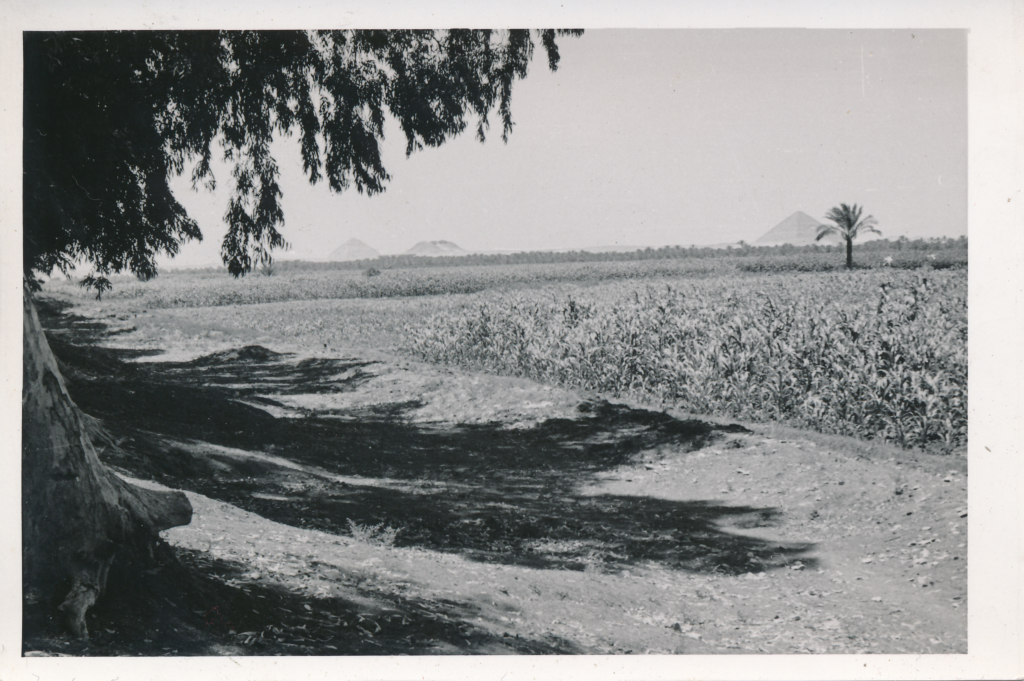
DESIGN OF SPECIALIZED TOPICS
Course convened by Dr. Ana Bezić
In this interdisciplinary course we will be ‘excavating’ a new form of solidarity as an entanglement and an emerging possibility of life and non-life to create support, care and alliances. In order to do this, we will be ‘searching’ for mudbricks that travelled from Egypt to the Joanneum Museum in Graz in the 19th century. Colonial economies leave scars on ‘objects’ too! The arrival of these mudbricks and their subsequent analysis were scientifically justified yet the claim to scientific knowledge continues to obscure the silent histories ‘objects' are not allowed to voice.
Keeping in mind these histories of appropriation, in this class we will rethink life/non-life beyond colonial models, presupposing solidarity between bricks carrying seeds and seeds supporting bricks. Thinking with bricks and seeds means investigating activation, transformation, and contingency, as well as collaboration, boundaries, and alliances —how forms of life and the life of forms take shape and persist, how they adapt, resist, support each other, and sometimes fail.
Bricks and seeds exist at the threshold of archive and future. They hold the potential to become. Can bricks and seeds be collaborators in dreaming new futures?
While life is often understood as an organic process of growth and reproduction, we will befriend and engage deeply with autopoiesis—introduced by two biologists, Humberto Maturana and Francisco Varela—which offers a different perspective: life as a system continuously producing and maintaining itself through dynamic interactions.
Students will engage in theoretical readings, material investigations, museum visits, archival research, site-based explorations, hands-on exercises, and collaborative projects. The course will culminate in individual or group research-based projects (in a medium of your choice).
Image credit: Photo-archive, Museum of African Art, Belgrade, Serbia
Visit to the Archaeology Museum at Schloss Eggenberg
At the Archaeology Museum, we were warmly welcomed by chief curator Dr. Barbara Porod, who took us on a tour of the museum and gave an inspiring talk.
Three bricks arrived at the Landesmuseum Joanneum in Graz, Austria, from a pyramid in Egypt in the 19th century. They were brought to Franz Unger—professor of botany, biogeographer, trained in law and medicine, and director of the Botanical Gardens in Graz at the time.
When dissolved in water, these bricks revealed a world previously unseen: the world of seeds. This surprising discovery contributed to the development of evolutionary models of landscape history and shaped 19th-century scientific understandings of the planet.
Yet another world remained hidden—one marked by forced migrations, imperial botanical expeditions, and extractive economies that classified, controlled, and commodified life.
Dr. Ana Bezić was able to find out that one of these bricks is located in the depot of the Archaeological Museum in Graz.This image shows the original archival note by Prof. Unger and a recent photograph of the brick, both taken by Mag. Daniel Modl, chief curator of the Prehistoric and Early History Collection.


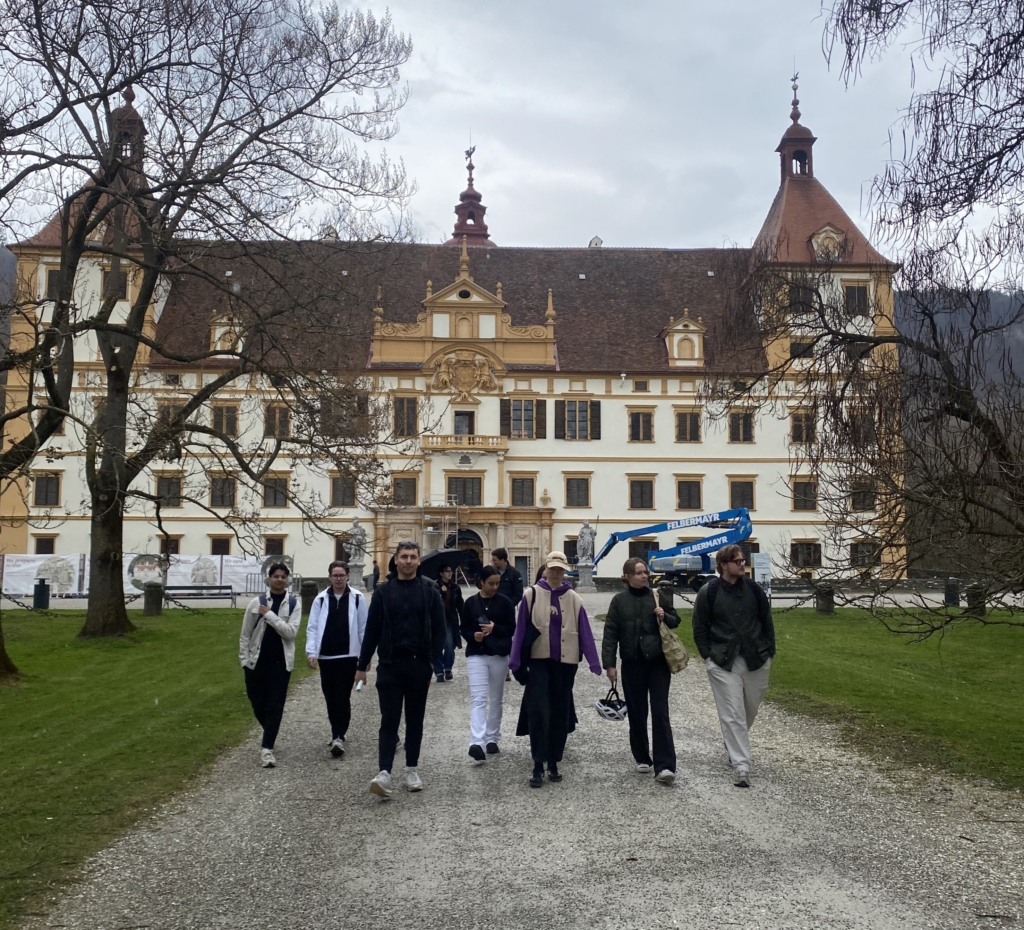
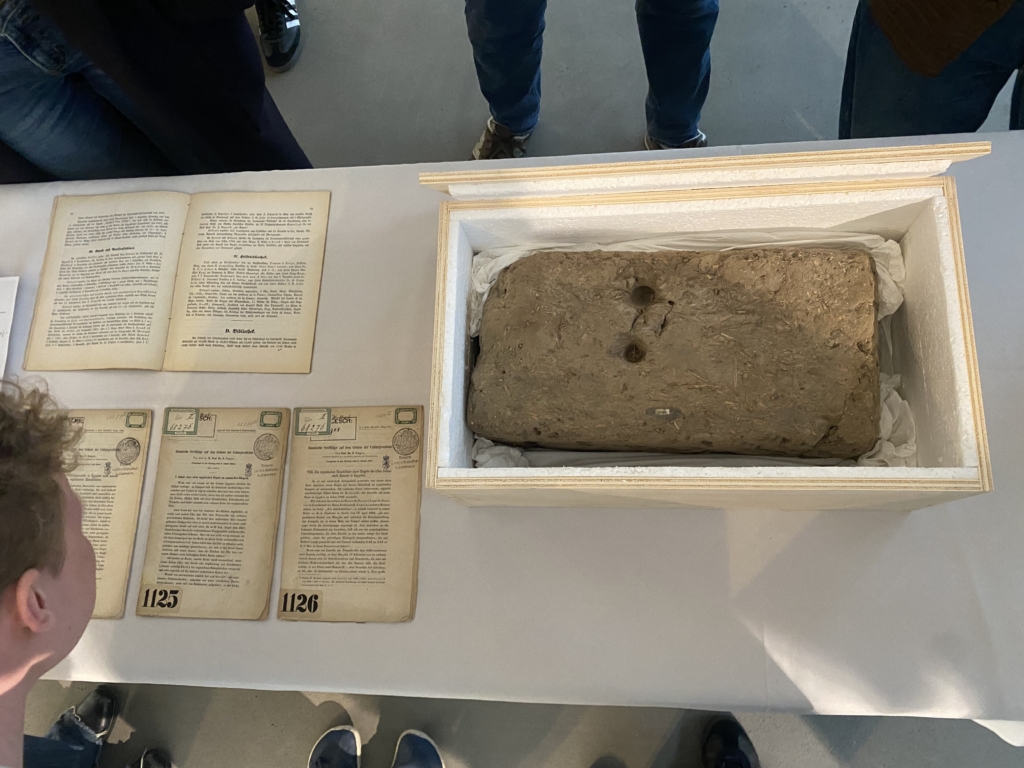
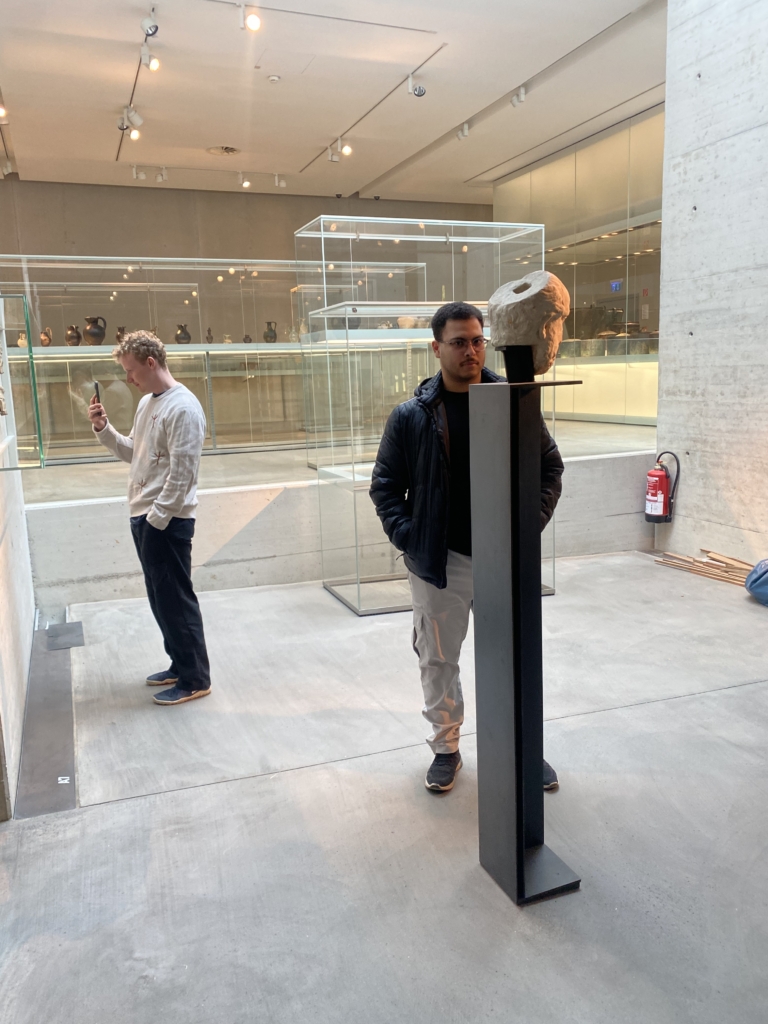
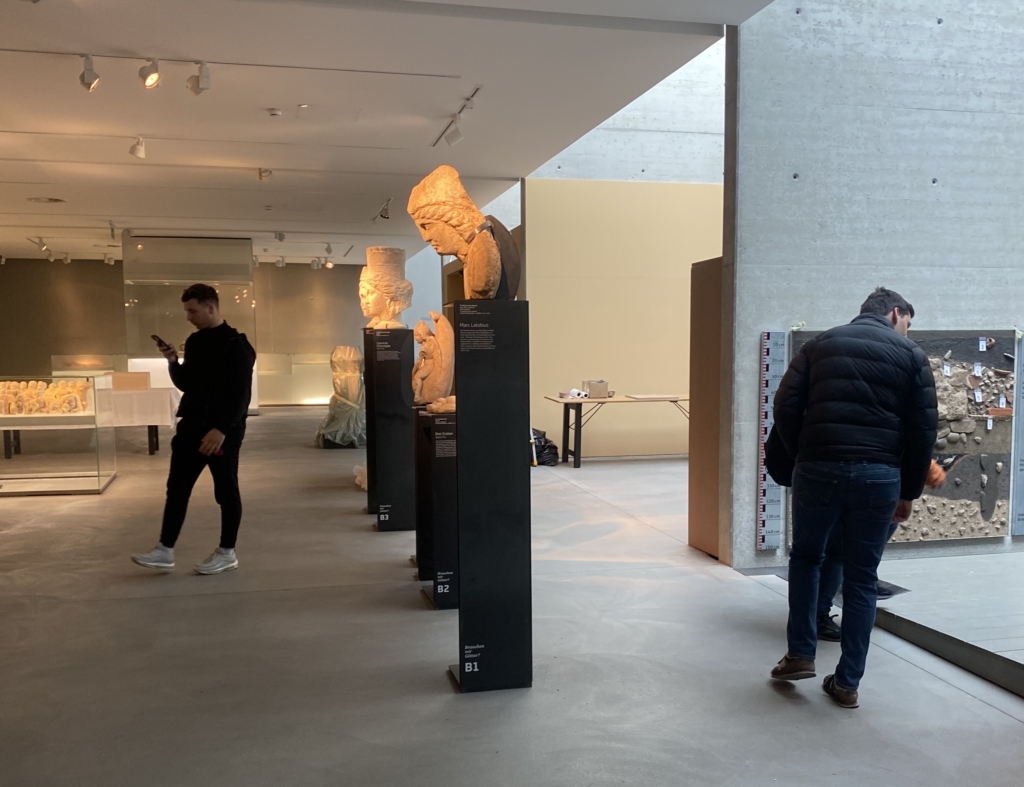
Visit to the Geology Department at the Natural History Museum
As part of our research, we visited the Studienzentrum Naturkunde of Universalmuseum Joanneum with Dr. Martin Groß. We were particularly interested in Franz Unger’s collection—seeking to learn more about his life, his scientific contributions, and the movements of archives and collections across time and institutions.
Unger’s work extended beyond botany. A prolific 19th-century scientist, he made significant contributions to paleontology through his studies of plant fossils. He was among the first to suggest that fossilized plants could offer insight into Earth’s deep history, and he used fossil evidence to argue for the mutability of species—anticipating aspects of Darwinian evolution. His detailed fossil drawings and specimens remain crucial to understanding the scientific imagination of the time.
During our visit, we were able to view both his original fossil drawings and the fossils themselves—objects that reveal not only natural history, but also the epistemological frameworks of 19th-century science. Like the bricks, these fossils speak to imperial circuits of extraction, classification, and display, shaping knowledge through both presence and absence.
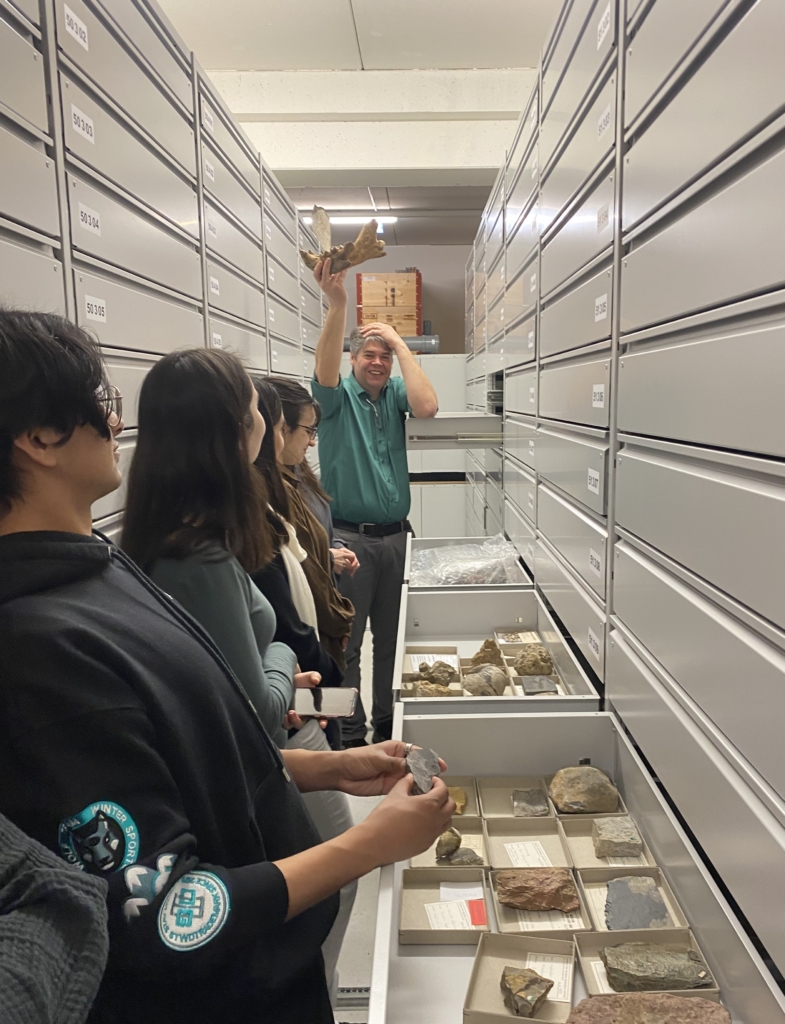
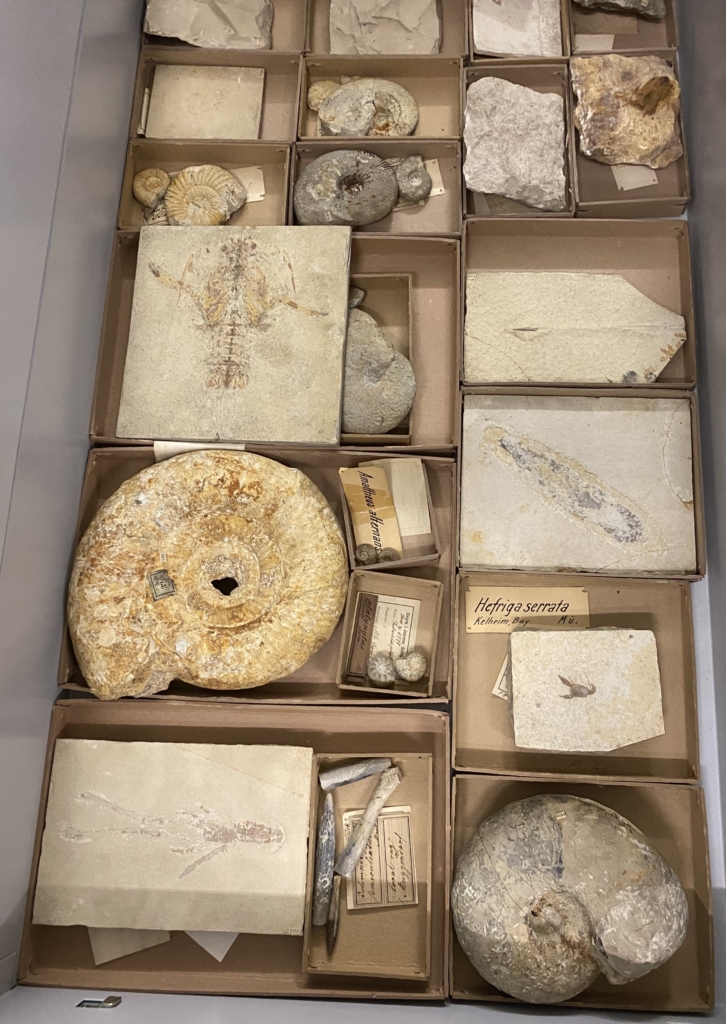

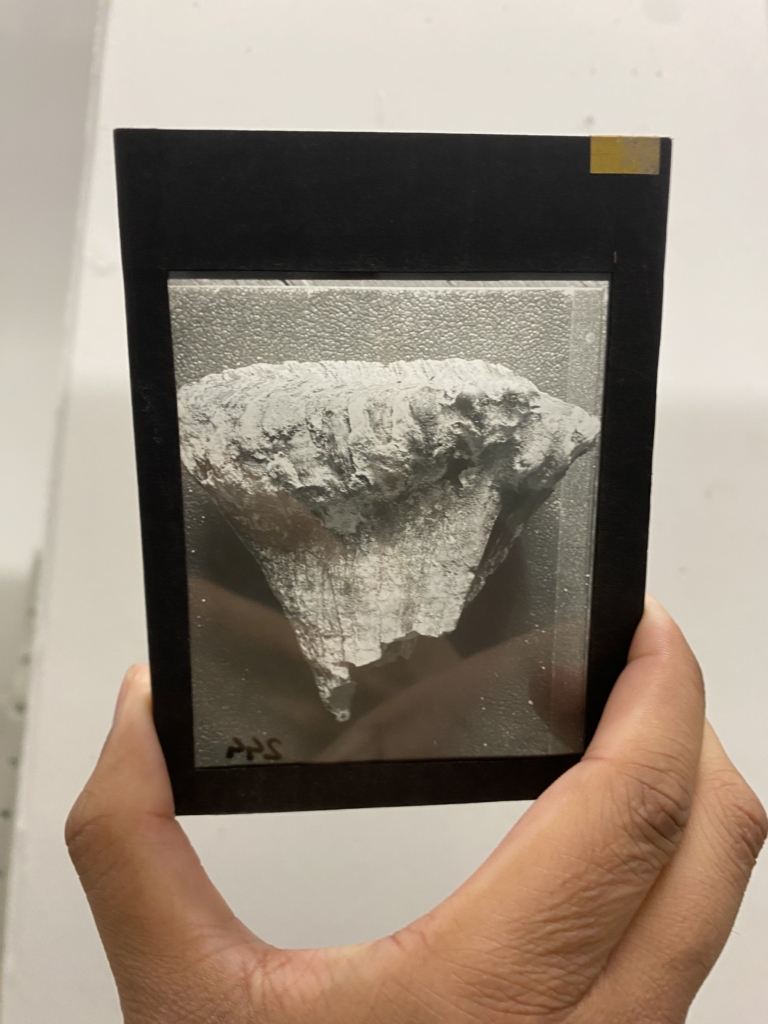
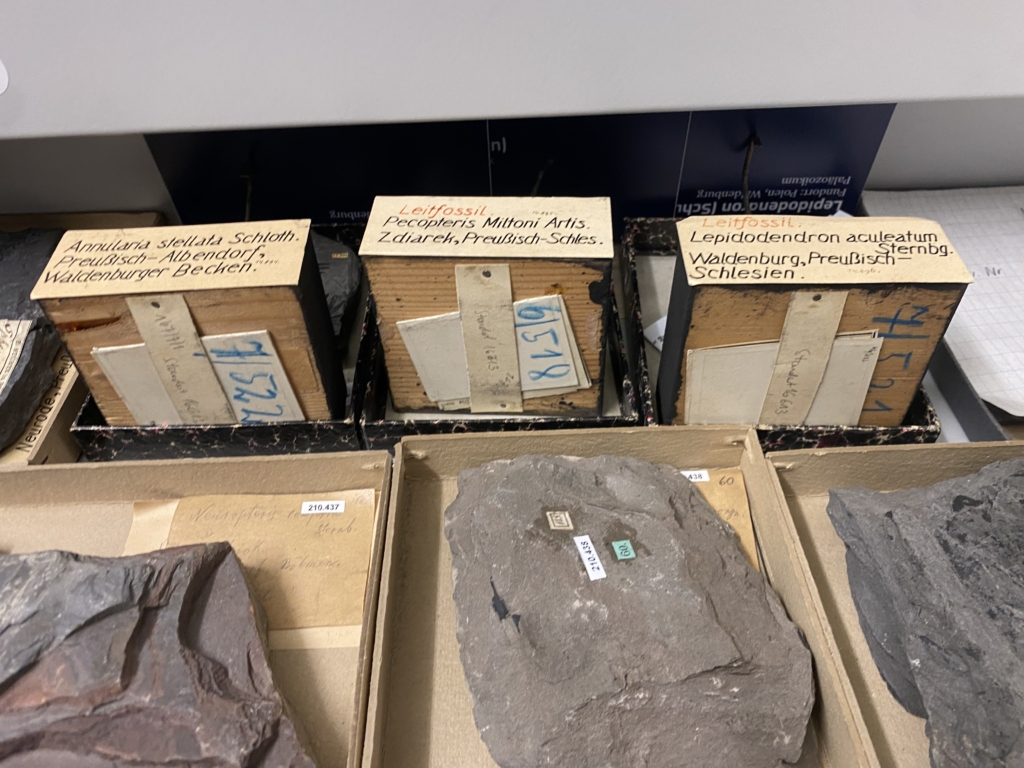

Final Exhibition
For their final presentations, students discussed and displayed their research in a collective installation.
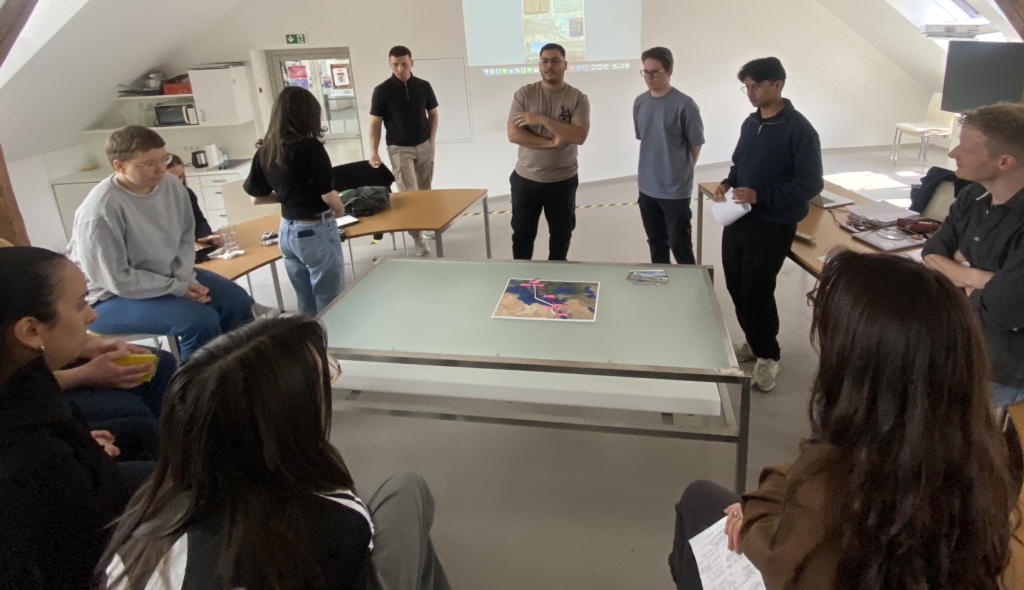
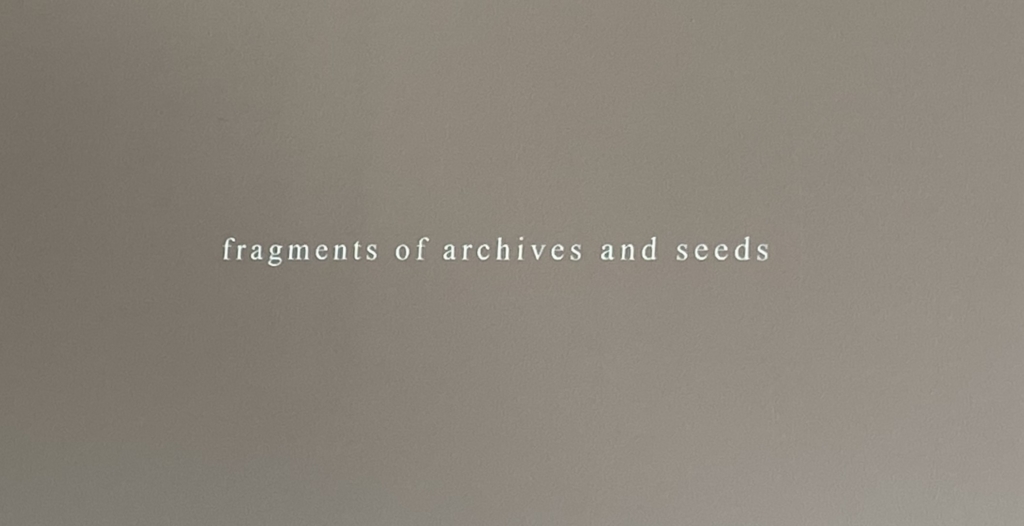

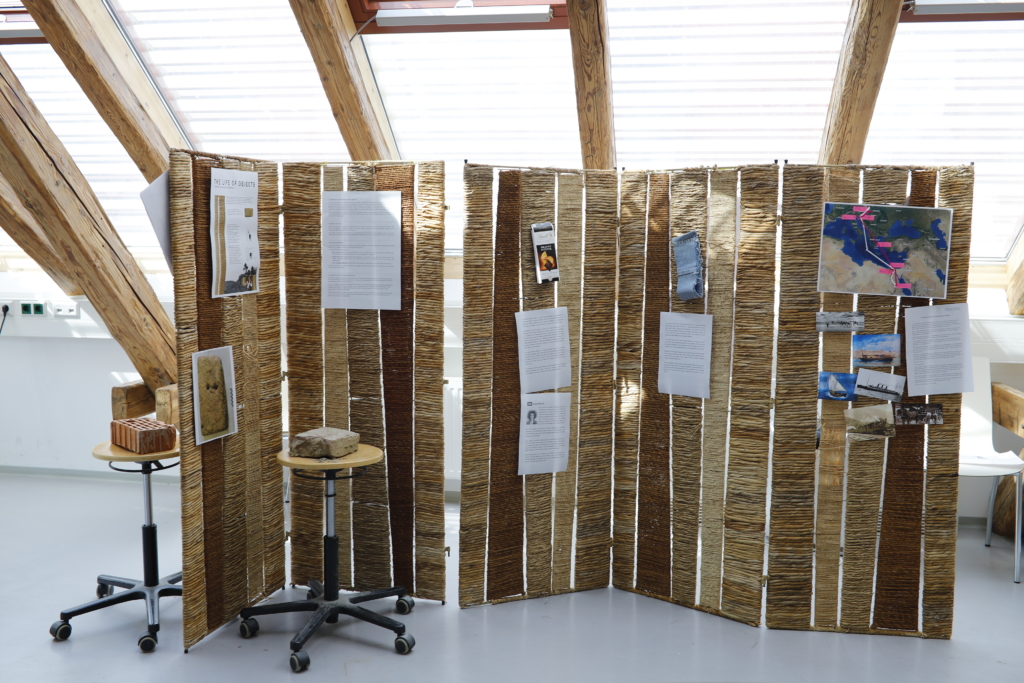

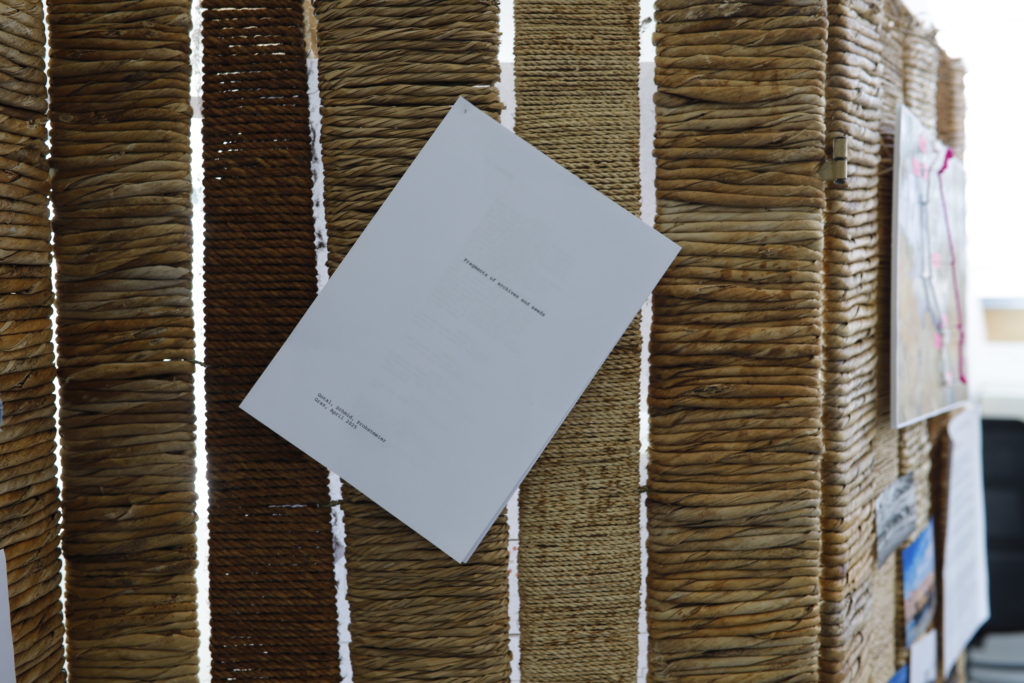

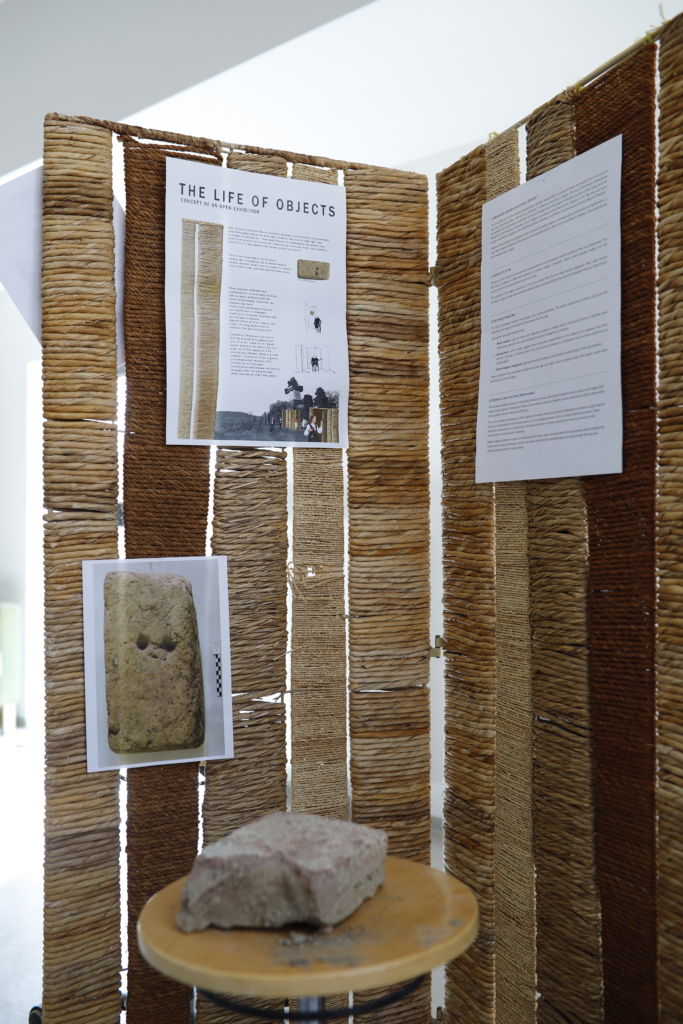


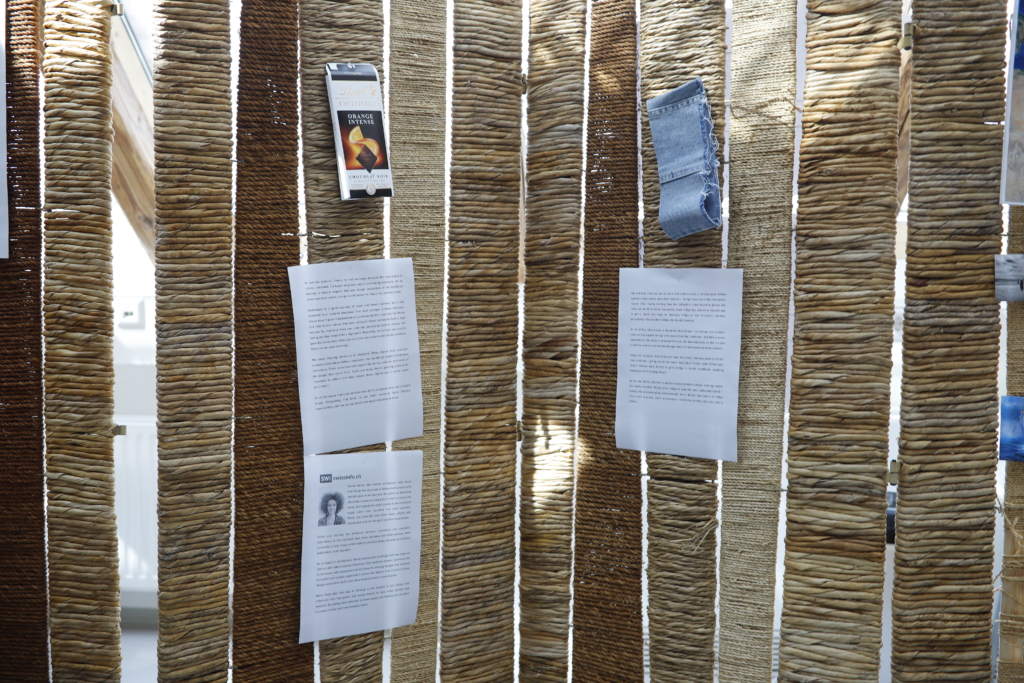
Photos by Ana Bezić and Amel Bešlagić